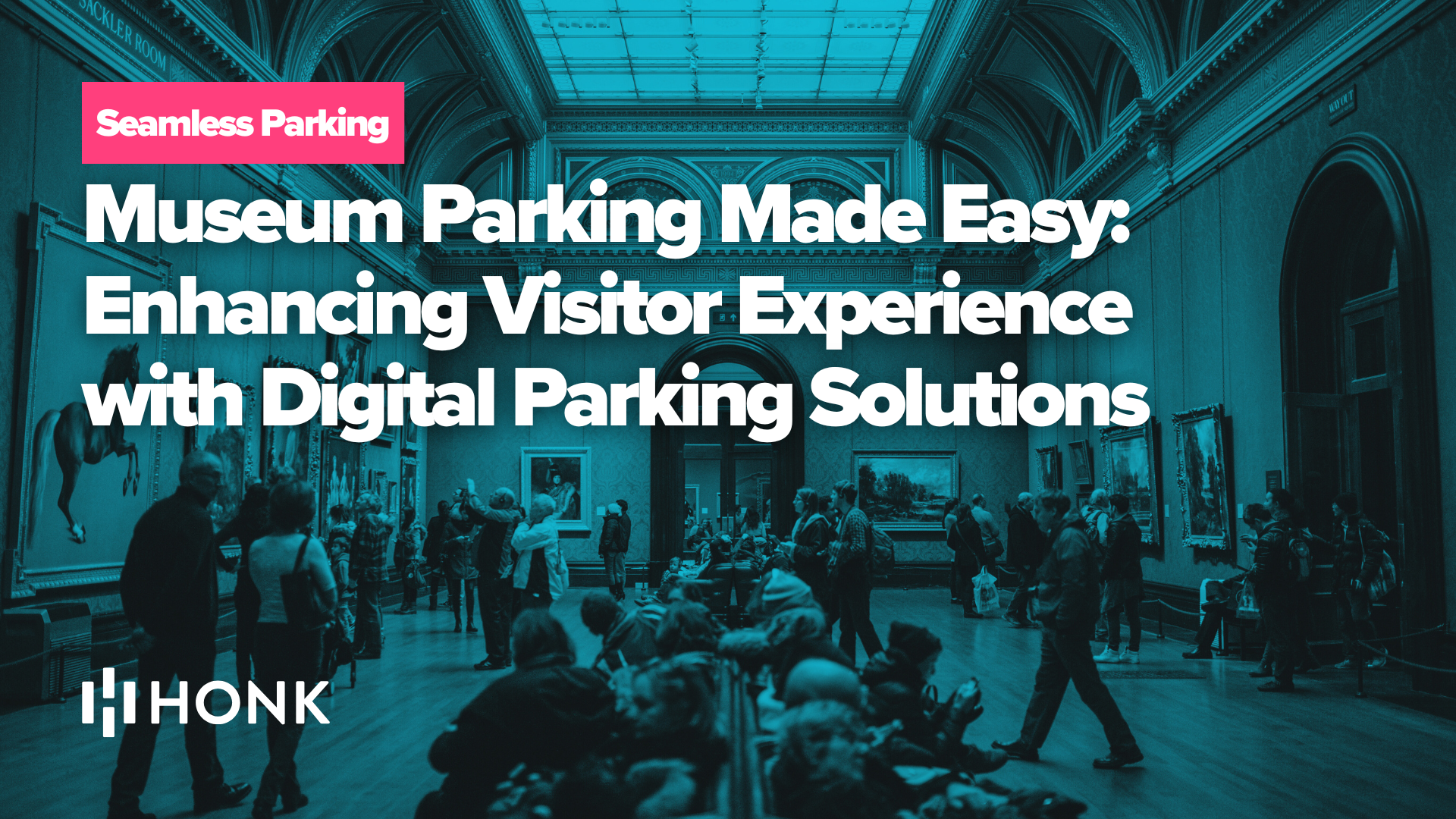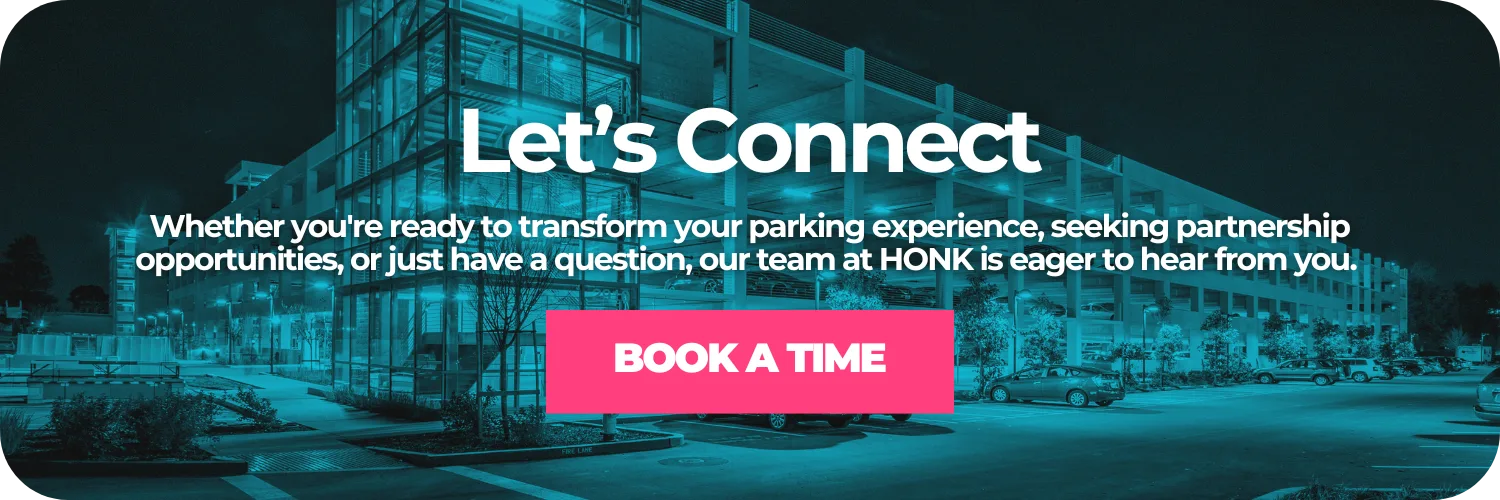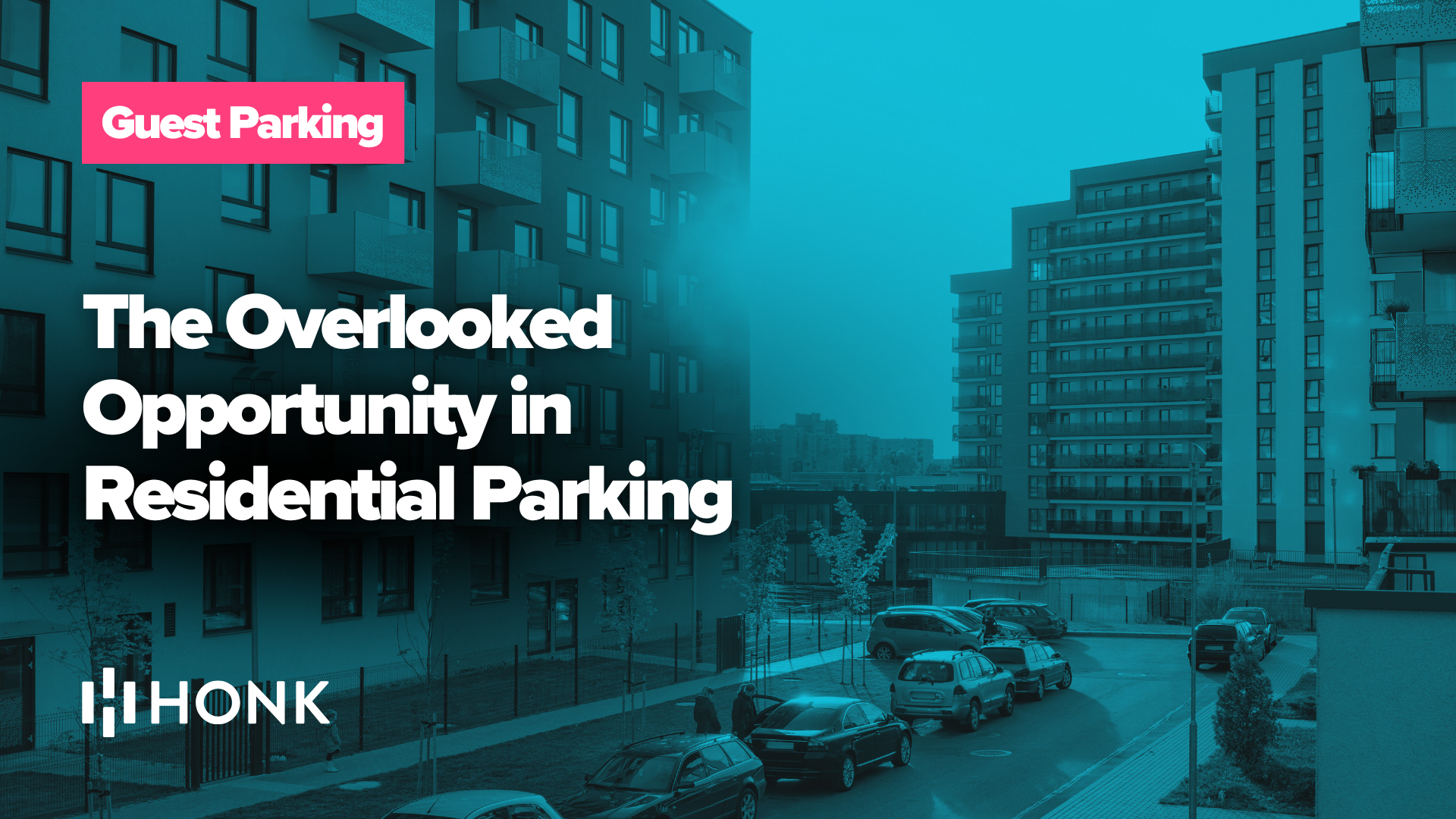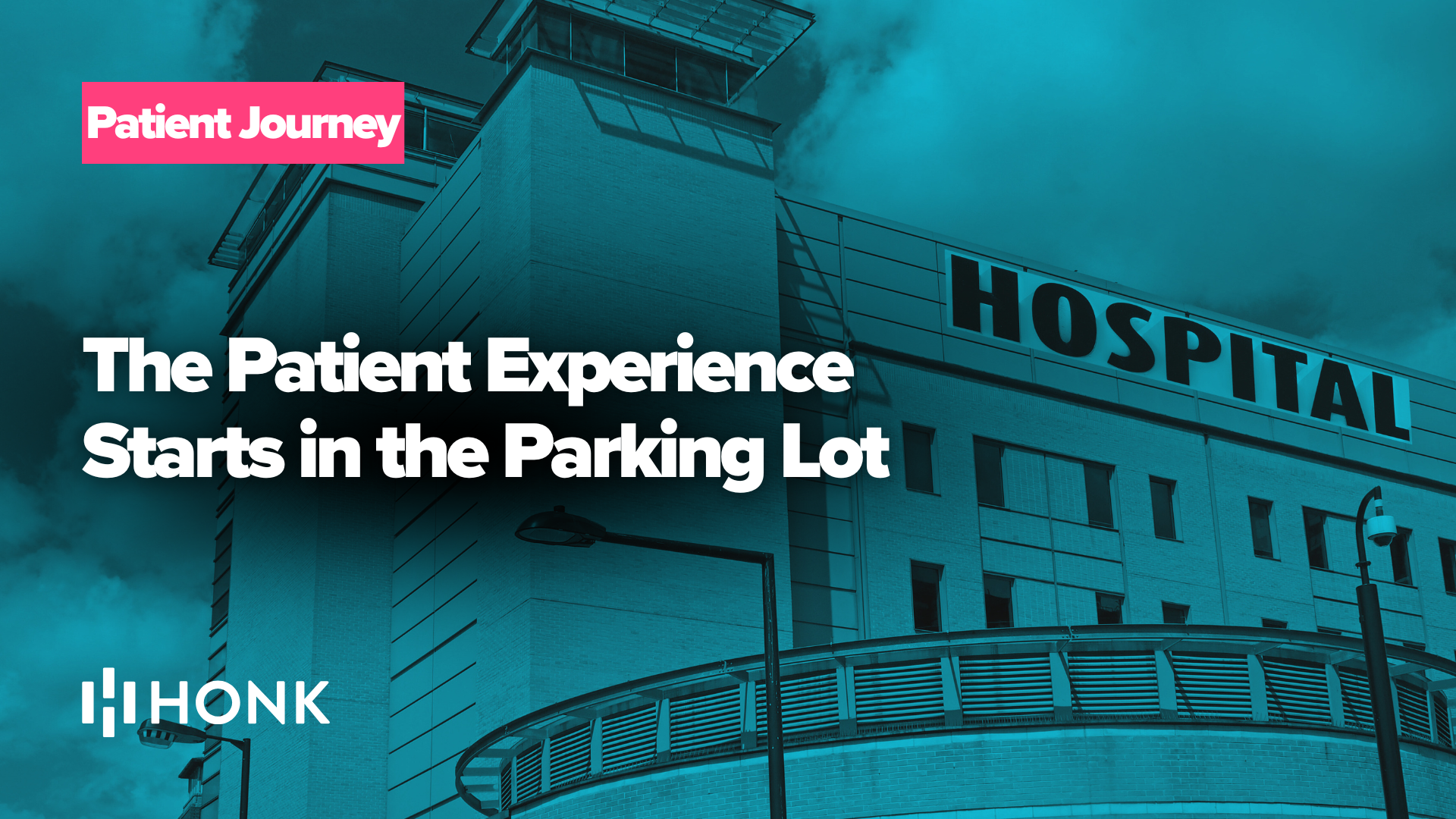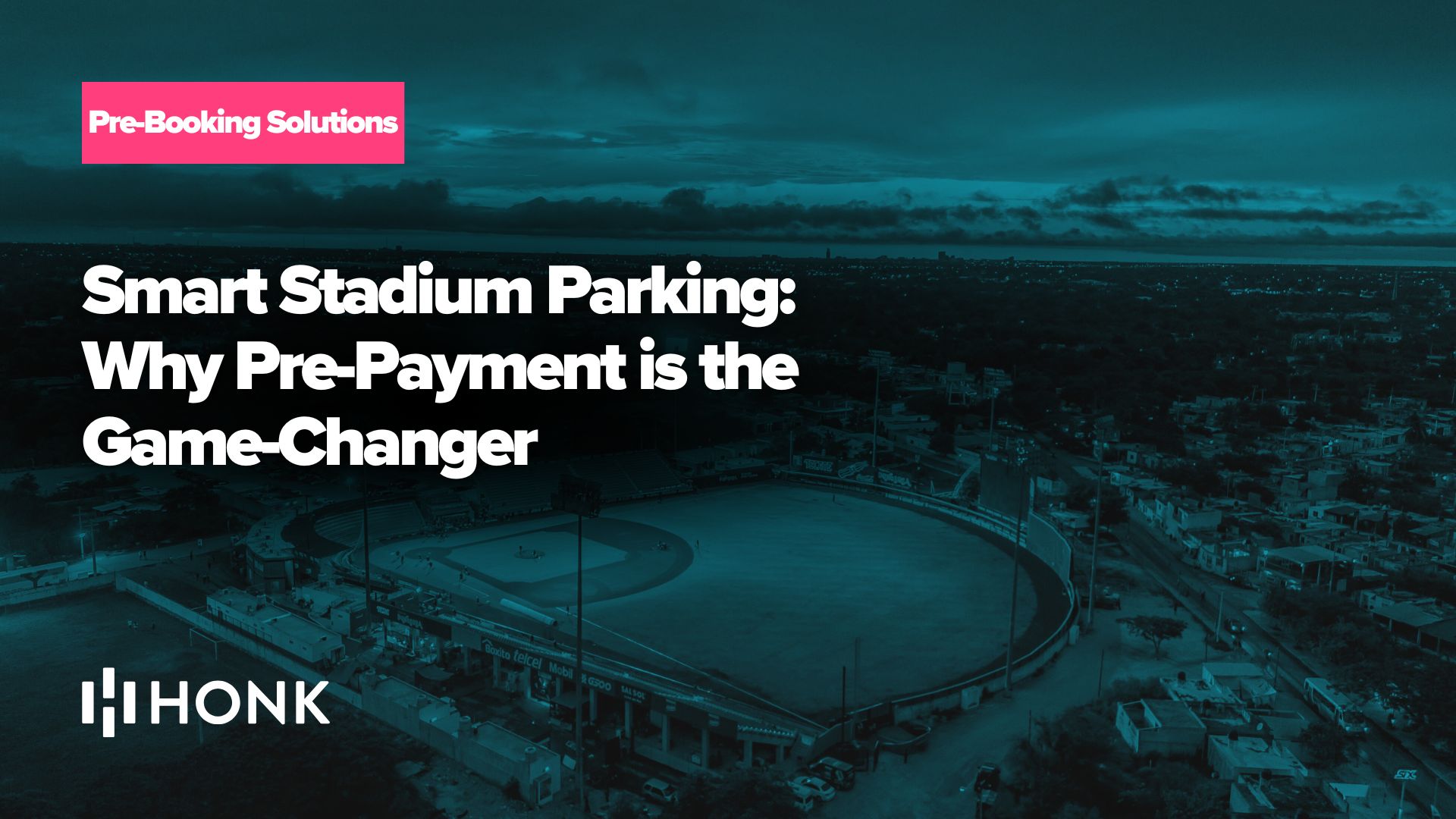Modern museums offer holistic experiences where every touchpoint matters, including the often-overlooked aspect of parking. Whether visiting an art, history, science, or children’s museum, many face parking frustrations: circling for spots, long queues at pay stations, confusing rules, and stress undermining a cultural outing. Making museum parking easy isn’t just a phrase; it’s a mission achievable through innovation.
This post explores how smart parking solutions, including cloud-based management tools and mobile apps for drivers, can transform museum parking from a frustration into a seamless part of the visit. We’ll examine how embracing mobile-first parking technology enhances visitor satisfaction, streamlines operations for museum and parking operators, and opens new avenues for revenue and efficiency. It’s time to treat parking as an integral component of the museum experience, improving profitability and visitor loyalty simultaneously.
The Overlooked Challenge of Museum Parking
A planned museum day can quickly sour if parking becomes a source of stress. Many museums struggle with limited spaces during peak hours, cumbersome payment systems (like malfunctioning meters or exact-change requirements), and unclear parking information. This friction detracts from the welcoming, educational atmosphere museums strive to create.
From the operator’s viewpoint, traditional parking setups present significant challenges. Reliance on cash boxes, staffed booths, or outdated meters is labor-intensive, insecure, and requires constant maintenance. Equipment breakdowns or long lines deter visitors, potentially leading to lost revenue. Furthermore, without modern parking management software, staff lack real-time insights into capacity or revenue, making optimization difficult. Empty spots during off-peak times or turning away guests due to full lots represent missed opportunities.
The good news is that parking doesn’t have to be a persistent issue. Just as museums adopt digital ticketing and interactive exhibits, they can leverage digital parking solutions for smoother arrivals and departures. Modern parking technology removes past pain points, creating frictionless experiences for guests while empowering operators with efficient tools available through platforms like Honk’s BackOffice. By reimagining parking as part of museum hospitality, lots and garages transform from necessary evils into strategic assets.
Embracing Smart Parking: A Digital Transformation
A quiet revolution is underway in parking, and museums are perfectly positioned to benefit. The shift towards smart parking solutions and mobile management has proven successful in commercial, event, and municipal sectors. Leading operators in university and stadium parking demonstrate that replacing outdated hardware with mobile apps and cloud platforms boosts efficiency and customer satisfaction.
The ubiquity of smartphones is the catalyst for this evolution. A mobile parking app, like the one drivers can use with Honk, can replace physical meters, allowing drivers to find, pay for, and extend parking remotely. This mobile-first approach offers unparalleled convenience and capabilities. Digital payments are becoming the standard; around 80% of drivers prefer them, and 74% favour contactless options for speed and convenience. The pandemic accelerated this trend, making contactless parking technology essential for safety and peace of mind. Visitors expect this ease in parking just as they do elsewhere.
Mobile parking payments are the new norm. Instead of cash or cards at kiosks, guests can pay via smartphone – through an app, web portal, or by scanning a QR code. These touchless transactions often take seconds, eliminating queues. Industry data shows contactless methods can be up to 10 times faster than traditional ones. For visitors, this means timely access to exhibits; for museums, it means less congestion and higher vehicle throughput during peak times.
Going digital broadens accessibility. A user-friendly solution offers multiple payment methods. Tech-savvy users might download a dedicated app like Honk for features like reminders and digital receipts. Others might prefer quick, app-free methods like scanning a code or texting to pay, often available through flexible payment solutions. Inclusivity serves diverse demographics, making parking intuitive for everyone and setting a welcoming tone.
Museums adopting mobile and contactless payments often see immediate benefits. Imagine a science museum switching from pay-and-display to a mobile-first model. Visitors park and pay by license plate via phone – no tickets, no cash. They can remotely extend their parking if needed. Such museums report happier guests and better lot utilization. When parking is easy, visitors are more likely to use on-site facilities. Operations upgrading to digital payments often see a 15–20% rise in daily transactions due to convenience. Streamlining parking operations attracts visitors.
Crucially, these changes modernize the museum’s image. Embracing technology signals a commitment to visitor experience. As smart city parking management integrates parking, transit, and traffic data, museums adopting connected technology like comprehensive parking software position themselves as innovative institutions, leveraging digital transformation for community benefit.
A Mobile-First Approach to Visitor Convenience and Safety
A smooth parking experience sets a positive tone for a museum visit. Smart, mobile-first parking achieves this by being frictionless, touchless, and stress-free.
- Seamless Arrival: Solutions guiding visitors via a mobile app can show lot locations and availability. Some museums allow pre-booking or pre-payment with admission tickets. Knowing where to go and that a spot awaits removes anxiety. Clear signage and app integration simplify the process – park and pay from your phone. This convenience sets a positive mood.
- Contactless, Quick Payments: Touchless parking payments eliminate handling cash or touching public machines. Secure smartphone payments are faster and safer from a public health perspective. Frictionless payment gets guests inside quickly, reducing queues and contact.
- Guidance and Navigation: Smart systems can integrate wayfinding. Digital signage or in-app maps direct visitors to open spaces, potentially using IoT parking solutions integrated within the broader parking management software. In large structures, this saves time and reduces frustration and emissions, contributing to sustainable parking. AI technology might read license plates for automatic check-in.
- Accommodation for All Visitors: Mobile technology improves accessibility. Visitors with disabilities can easily find and pay for designated spots using an app like Honk’s driver app. Families appreciate faster parking. Tourists can navigate rules via multilingual apps or universal symbols. User-friendly parking demonstrates hospitality and inclusivity.
- Peace of Mind: Digital solutions enhance security and information. Apps provide digital receipts and expiry reminders, allowing remote extensions. Knowing the lot uses a modern system (perhaps with surveillance or safety-focused staff) increases visitors’ sense of security. This positive experience boosts loyalty and the museum’s reputation.
By leveraging parking management automation with a mobile-first platform, museums turn parking into a customer service. Happier visitors encounter less hassle. A smooth first interaction positively influences their perception of the entire visit, potentially leading to greater engagement with exhibits.
Streamlining Operations for Museum and Parking Operators
Digital parking solutions significantly benefit museum operators and their parking partners by enhancing efficiency and insight through tools like cloud-based management systems.
- Centralized, Cloud-Based Control: Monitor and manage all parking aspects from a single, accessible dashboard like Honk’s BackOffice. Gain real-time views of occupancy, revenue, and alerts. This is ideal for managing multiple lots or large campuses. A parking management platform consolidates information, allowing agile adjustments like opening overflow lots or changing rates instantly based on demand – embodying flexible parking systems management.
- Automation of Routine Tasks: Parking system automation eliminates manual work like selling permits, handling cash, fixing machines, or counting cars. Digital permits and validations for members or VIPs are processed online. Enforcement using license plate recognition (LPR) cameras automatically checks plates against paid databases, flagging unpaid vehicles for e-citations via integrated parking enforcement capabilities within the parking software suite. This reduces manual checks, freeing staff for visitor assistance or security. Integrated compliance features ensure accurate logging and auditing, reducing overhead. Many operators find they can run operations with minimal on-site staff, reallocating resources to enhance the visitor experience.
- Reduced Cash Handling and Enhanced Security: Digital payment solutions eliminate the inefficiencies and security risks of cash handling (which can cost ~9% in overhead). Revenue is electronically deposited with clear records, simplifying accounting and reducing theft risk. Less cash on-site makes lots safer. Museums switching to cashless, app-based systems often report 20–30% drops in labor costs, allowing funds to be redirected to core missions.
- Real-Time Monitoring and Remote Management: Remote parking monitoring allows managers to check facility status from anywhere using platforms such as the Honk BackOffice. Immediate visibility into issues (like gate malfunctions or unexpected crowds) enables proactive responses, improving system reliability and uptime. Centralized oversight is possible, even without dedicated on-site parking staff.
- Integration with Other Systems: Modern digital parking solutions integrate smoothly with other platforms like membership databases, ticketing systems, or city networks via open APIs often supported by comprehensive parking software. Third-party parking integration allows automatic validation for members or event attendees. Parking features can be incorporated into the museum’s visitor app for a unified experience. Integration with parking access control hardware (like smart gates) enables seamless entry via LPR or mobile QR codes. Leading providers ensure platform-agnostic systems compatible with various technologies and partnerships.
Deploying modern parking management software enables a lean, data-driven approach. Operations become smarter, cost-effective, and easier to manage, while visitors simply experience seamless parking. This means fewer headaches for operators, better resource allocation, and confident handling of peak demand.
Increasing Revenue and Optimizing Capacity
Museum parking can be a significant revenue stream or cover its costs when managed effectively. Parking revenue management and capacity optimization work together to increase income, reduce costs, and ensure spot availability, often driven by insights from business intelligence tools.
For museums charging fees, smart systems maximize revenue capture:
- Minimizing Revenue Leakage: Mobile payments and LPR enforcement ensure payment compliance, boosting revenue by closing gaps found in cash systems. Integrated digital parking solutions and enforcement capabilities within the parking software account for every vehicle. This enhances parking monetization.
- Dynamic Pricing for Demand Management: Implement dynamic parking pricing – adjust rates based on peak times, days, or special events, using flexible rate configurations available in modern parking software. Offer discounts during slower periods. This parking yield management aligns price with demand, improving profitability. Museums can use flexible pricing for blockbuster exhibits or member events, optimizing both revenue and crowd flow.
- Optimizing Space Utilization: Use real-time parking analytics to understand usage patterns (peak times, lulls, stay durations). Develop strategies to balance load, like promoting off-peak visits or introducing reservation systems for peak times. Parking data management turns guesswork into actionable insights. Dashboards display real-time occupancy, revenue, and trends, enabling proactive measures when capacity limits are approached. This data-driven parking space optimization maximizes facility use, potentially revealing that minor adjustments can significantly increase occupancy before costly expansions are considered.
- Increasing Yield without Expansion: For space-constrained museums, smart management is key. Virtual permits and LPR allow controlled overselling based on historical data showing that not all permit holders park simultaneously. Operators using data might safely oversell by 10–20%, creating additional revenue by leveraging data for increased parking profitability, managed through the parking platform.
Even for museums offering free parking, optimization yields benefits. Well-managed free parking attracts visitors (boosting ticket sales/donations), while poor parking deters them. Efficient parking reduces overflow costs and minimizes liability and maintenance from facility overuse. Investing in robust parking operator software ensures the parking resource is used optimally, potentially postponing capital expenses for construction. Parking revenue optimization is about smart stewardship of a valuable asset.
Data-driven parking management helps museums do more with existing resources, boosting revenue or attendance while trimming costs, all happening seamlessly behind the scenes for the visitor.
Real-World Examples and Applications for Museums
Digital parking solutions offer practical benefits tailored to various museum scenarios:
- Art Museum District with Shared Parking: A downtown museum partners with the city using a unified mobile parking payment system across museum lots and street parking. Visitors use one app for any spot. Real-time analytics shared between the museum and city guide drivers to available spaces, reducing congestion. This connected, smart city parking management approach improves visitor experience and provides shared revenue insights, demonstrating the power of parking technology partnerships.
- Science Museum with Peak School Trip Traffic: A museum uses an online reservation system with digital passes (QR codes or LPR) for school buses, assigning them designated areas via an advanced parking management platform. Automated entry/exit logs track duration. During lulls, staff receive alerts about free sections for maintenance. As individual visitors arrive later, the system seamlessly directs them to vacated spots. This flexible system efficiently manages different user groups and parking inventory throughout the day.
- Historical Museum Implementing Member Parking Perks: Integrating the membership database with the parking access control system, members register their license plates. LPR cameras grant automatic entry via the parking software, creating frictionless parking for valued patrons. Non-members pay via app or kiosk using integrated payment solutions. This blend of access control and loyalty strategy enhances the member experience while ensuring perk integrity. Parking data also provides insights into member visitation patterns via the analytics platform.
- Multi-Venue Complex and Shared Platform: A museum within a university campus uses the university’s single, robust parking management platform across all assets. The system manages shared parking during large events and isolates the museum lot on regular days. This demonstrates scalable parking technology deployment. Cloud-based architecture simplifies adding new locations, and using a proven solution ensures reliability and software compatibility.
These examples show the adaptability of modern parking platforms. They handle diverse visitors, integrate various technologies (apps, LPR, sensors), and scale from small lots to large systems. Museums can start small, perhaps upgrading payment systems or implementing digital permits via a parking management partner like Honk, and gradually expand using their comprehensive solutions. The modular nature allows customization and growth at the museum’s pace, delivering value at each stage.
Future-Proofing Museum Parking: Innovation and Sustainability
Investing in digital parking is a long-term strategy for future-readiness:
- Adapting to Electric and Autonomous Vehicles: Smart systems can integrate EV charging status into apps, allowing reservations or availability checks. Digital infrastructure prepares for autonomous vehicles needing interaction for drop-offs or self-parking. Today’s parking innovation solutions pave the way for tomorrow’s mobility.
- Contributing to Sustainability Goals: Optimized parking reduces cruising emissions. Systems can incentivize carpooling or transit use. Minimizing physical tickets and potentially delaying construction aligns with green practices. Sustainable parking solutions might include solar power or using data from the analytics platform to right-size parking supply, supporting smart city initiatives.
- Leveraging AI and Analytics: Data from parking operations software enables continuous improvement. AI could predict demand for proactive staffing/pricing or detect improper parking via integrated AI capabilities, reducing patrol needs. Ongoing provider updates ensure museums benefit from the latest features.
- Scalable and Future-Ready Infrastructure: Choose systems with proven scalability and software migration capabilities built into the parking software. A reliable platform can incorporate new facilities or adapt to changes in operators. Partnering with a trusted parking technology vendor ensures long-term support and adaptability.
- Holistic Visitor Experience Integration: Future museum apps might integrate ticketing, parking reservations, navigation, personalized greetings, and exhibit recommendations, facilitated by integrated parking platforms. Parking data, integrated with CRM, can reveal insights to improve engagement and potentially increase dwell time and secondary spending. The parking lot becomes the first and last touchpoint, designed with care.
Conclusion: From Parking Lot to Welcome Mat
Museum parking significantly influences visitor experience, operational efficiency, and finances. By embracing digital parking solutions like the Honk platform, museums turn parking into an advantage. Visitors enjoy frictionless parking using convenient payment methods or the driver app, enhancing satisfaction and loyalty. Operators gain tools like the BackOffice to streamline operations, cut overhead, and boost revenue.
While technology partners provide the tools – mobile apps, management software, operator platforms – the museum’s vision ensures they enhance hospitality. Successful implementations prioritize improving the experience for visitors and staff, often aligning with budget and sustainability goals.
Smart parking helps museums deliver on their promise as welcoming, innovative spaces, whether handling daily traffic or large events. By adopting scalable parking solutions with automation, museums can start modestly and build an integrated ecosystem, achieving ROI through increased profitability or positive feedback.
A museum’s parking lot can be an intelligent extension of its mission. When visitors arrive and depart easily thanks to mobile parking payments and smart management, they carry that positivity inside. This leads to more engagement, support, and a perception of the institution as forward-thinking. By extending the welcome mat to the parking lot via digital solutions, museums enhance the entire visitor journey. It’s time to make museum parking an integral, seamless part of the experience.

